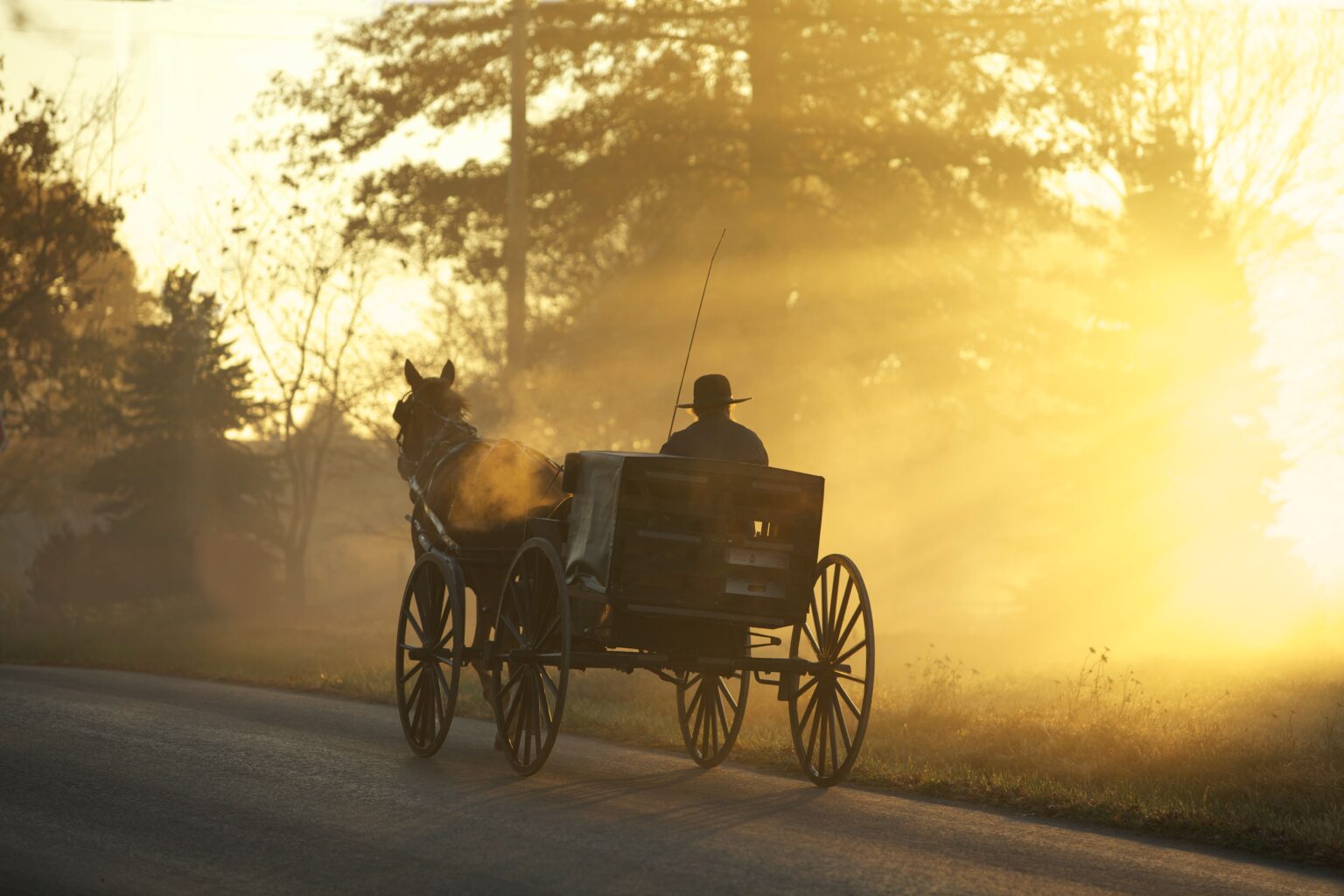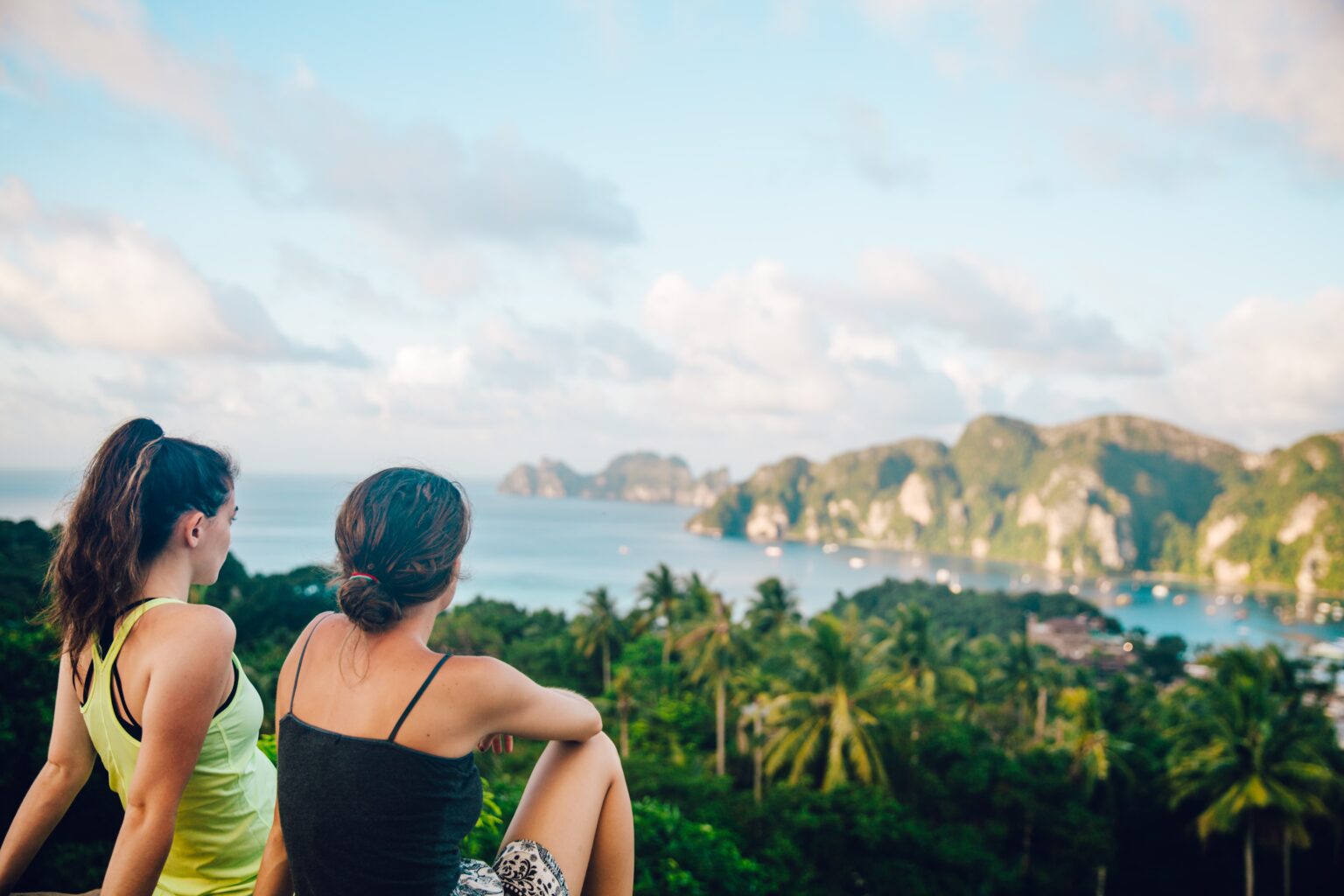Headlines of free travel offers are popping up everywhere. With quarantine ending in some countries, the appeal of travel is starting to rise once again. Countries such as Italy and Mexico are offering free nights and airfare discounts to lure travelers back in hopes of boosting their economies. While this all sounds great for those going on their summer holidays, what about those who travel full time? Many borders are still closed and restrictions constantly change; so how can one be a digital nomad in 2020?
Digital nomadism has been a hot topic for a good while now, with many travelers around the globe hopping from place to place every month for a long period of time. So where did that leave them once quarantine restrictions began and the places they called “temporary” homes closed? What will digital nomadism look like in the future, taking into account that the COVID19 pandemic will be around for a while?
The outbreak: Getting stuck at a co-living space
What is a co-living space?
Co-living spaces are basically coworking spaces with room and board. So for those travelers that enjoy meeting people through coworking spaces and seeking a closer community, coliving is a perfect solution. They make it easy to forge connections when moving across the globe. They also encourage “slowmading” by offering a discount for longer stays from a week to a month (some even stay in one space for a year!).
Since each country handles the pandemic differently it’s no surprise that some nomads had no intention of returning to their home countries when the outbreak first happened. With many of them being full-time travelers, their country of origin isn’t more of a home than a co-living space in a foreign country.
With hotels closed, and Airbnb stopping bookings all over the world during the height of the lockdown, many co-living spaces, such as Outsite, decided early on to remain open. Leaving their members stranded in a foreign country with hotels closed and limited flights would have been a crisis in itself. In addition, coliving spaces followed the lockdown where it was needed, with guests being one household that quarantines together.
When the whole world is talking about how important family is, it can be hard to fathom that staying where you happen to be could be your best and safest option. That’s why co-living spaces are so important to nomads who would otherwise be on their own. It allows them to stay connected to a community and receive support.
“Whether it’s someone sharing a positive piece of news, an invite for an in-house coffee break, or simply someone checking in on you to check you’re OK, the sense of community co-living provides is needed now more than ever.” – Outsite
The recovery: Embracing slow nomadism (or ‘slowmadism’)

What is slowmadism?
Being a slow nomad is essentially just slow travel and a sustainable and often less touristy way of traveling.
The beauty of slow travel is that people are taken back to the origins of travel. When it was more meaningful and longer-lasting, rather than an overpacked itinerary for a weekend away. Slow travel is simple. Nomads slow down their usual fast pace of life and take their time to discover places like the locals. From the food to the activities to the grocery shop, slowmads discover a place down to its roots.
It’s hard to ignore the trend of revelation going through people across the world. The fast-paced lifestyle of the 21st century has been brought to a standstill due to the pandemic but not everyone is complaining. Coronavirus has forced everyone to slow down and recognize what really matters to them and that includes travel.
Pre-COVID digital nomads often moved from place to place at least every month or even every week to explore different places around the world whilst working remotely. Now, however, with borders closed and two weeks of quarantine upon arrival, it’s a lot more difficult to change locations so frequently.
The slow travel “movement” has picked up in recent years along with sustainable fashion and slow food. Expectedly, like with other areas post-COVID, it may actually be a breath of fresh air for the environment and to locals. With less frequent and more conscious travel taking place; nomads can now stay and enjoy a country to its full and authentic capacity rather than ticking off a list of capital cities and hotspots.
Digital nomads are already looking for longer-term stays of a couple of months instead of just a couple of weeks. They are also discovering different ways to support locals. Rather than eating out at larger chain restaurants, they buy local produce and eat at home. Some are using meet-up apps to connect with locals and to share a meal. Not only is this helping to ease the effect of the lack of tourism on the local economy, but it also helps to build longer-lasting relationships which are hard to find with constant travel.
Companies such as Remote Year now offer remote “village” stays. Short one month stays within US cities to appeal to their American client base. Currently, offering stays in Greenville and New Orleans, these escapes are bound to be popular with Americans and expats alike. Especially large city dwellers have reacted to COVID by leaving their urban habitats in droves. The concept of the ‘remote village’ is to connect remote working professionals to live, work, and grow together by building a community; a big and recurring topic during the pandemic.
Another great slow travel option is GoGoPlaces. Often people leave their holiday homes in the dust for months after their summer vacations. GoGoplaces helps revive them by making them appealing to slowmads with low prices, attractive locations, and good WIFI. With popular locations such as Greece and less-visited countries like Montenegro, there is sure to be a remote spot for every type of remote worker.
The reality check: Sorting out the legalities of travel in the new, COVID world

1. Securing your visa and set up as a digital slowmad
With slow nomadism come legal aspects digital nomads don’t often have to deal with. As a full-time traveler, it’s much easier to hop across the globe on a tourist visa than it is to base yourself in one place for an unknown period. Visas can be a pain, especially for digital nomads, who fall into such ambiguity between travel and leisure.
Can you travel and work on a tourist visa or do you need a work visa? This question can make you go in circles when you have the freedom to work from anywhere and want to stay legal. An early adopter who clarifies this question is Estonia. The country created a Digital Nomad Visa to ensure this ‘special’ class of travelers has an easy time visiting their country. Other countries have followed suit, with similar, but not as easy visa options. However, many countries have not yet reached the stage where they can easily accommodate digital slowmads.
Once you’ve successfully solved the Visa issue, finding accommodation and transportation amongst everything else can cause your next headache. Try living in France. Even if you find a place, the required paperwork and often going in circles with authorities, landlords and banks have resulted in a surge of youtube videos about the problem.
As if legal issues weren’t the only pain now there’s the added stress of COVID. Landlords, hotels, and other accommodation providers are wary about constant long-term travelers staying and renting not knowing where they’ve been.
2. Dodging travel restrictions and staying safe
For digital nomads that plan to travel, following the rules of every country can be hard with the constant, often sudden, and ongoing changes. Not only that but everyone seems to lack concrete information. For example, knowing if and where you can travel with a passport from a country that’s on a travel ban list, even though you’ve lived elsewhere can be a huge pain.
At the time of writing, in August 2020, England recently removed Spain from the safe-to-travel list. Australia and New Zealand have some of the strictest travel bans in place, 14-day isolation is required and no non-essential travel overseas is allowed. Rules like this have made them two of the countries with the lowest COVID infections in the world at the beginning of the pandemic. With numbers once again rising, it is extremely difficult to tell the development of future restrictions.
Digital nomads are well-advised to limit travel wherever possible, but slowly moving between countries is doable with the right planning.
The way forward: Forging new connections and maintaining flexibility

The intense and sudden lockdown has meant that many digital nomads had to quarantine alone if they weren’t already part of a community. This means that with limited social interactions for an extended period of time, mental health and social abilities have been affected more than people would like to admit.
One thing this pandemic has taught us is flexibility, and that’s something digital nomads have got going for them. The next step in forging new connections is staying open-minded and resilient. Now instead of changing locations weekly, staying longer and connecting on a deeper level is a lot more important. Traveling together as a community, or even just with a travel buddy, is an option that eases loneliness provides support when needed most. Groups of nomads have rented houses together to quarantine, so consider this alternative when booking your next location.
Flexibility means being prepared with a plan b and insurance. Before COVID-19 insurance wasn’t at the top of your list of priorities but it should be now. Not all travel insurance is suitable for digital nomads, and those that do not cover pandemic-related issues. Our partner SafetyWing managed to be one of the few, if not only, nomad insurance to cover Coronavirus. A game-changer for digital nomads stuck around the globe.
With travel bans in different countries being imposed and lifted almost every week, it is crucial to think about your alternatives when booking the next part of your trip. Schedule extra time for travel (canceled flights, trains, and buses seem to be the norm these days), as well as for COVID testing pre-departure and upon arrival. Even if not necessary, it remains important to limit social interactions in the first week after arriving, since you may have contracted the virus while traveling.
Travel remains one of the main reasons for the continued spread of Coronavirus. We encourage you to make smart choices, steer on the safe side when necessary, and take responsibility for the wellbeing of others. One thing the pandemic has taught us is to be prepared. So for the digital nomads that are free-spirits and like to go with the flow, the future brings a lot more precautions then we could have ever imagined. The world is ever-changing so it’s important to be ready for anything and everything.






